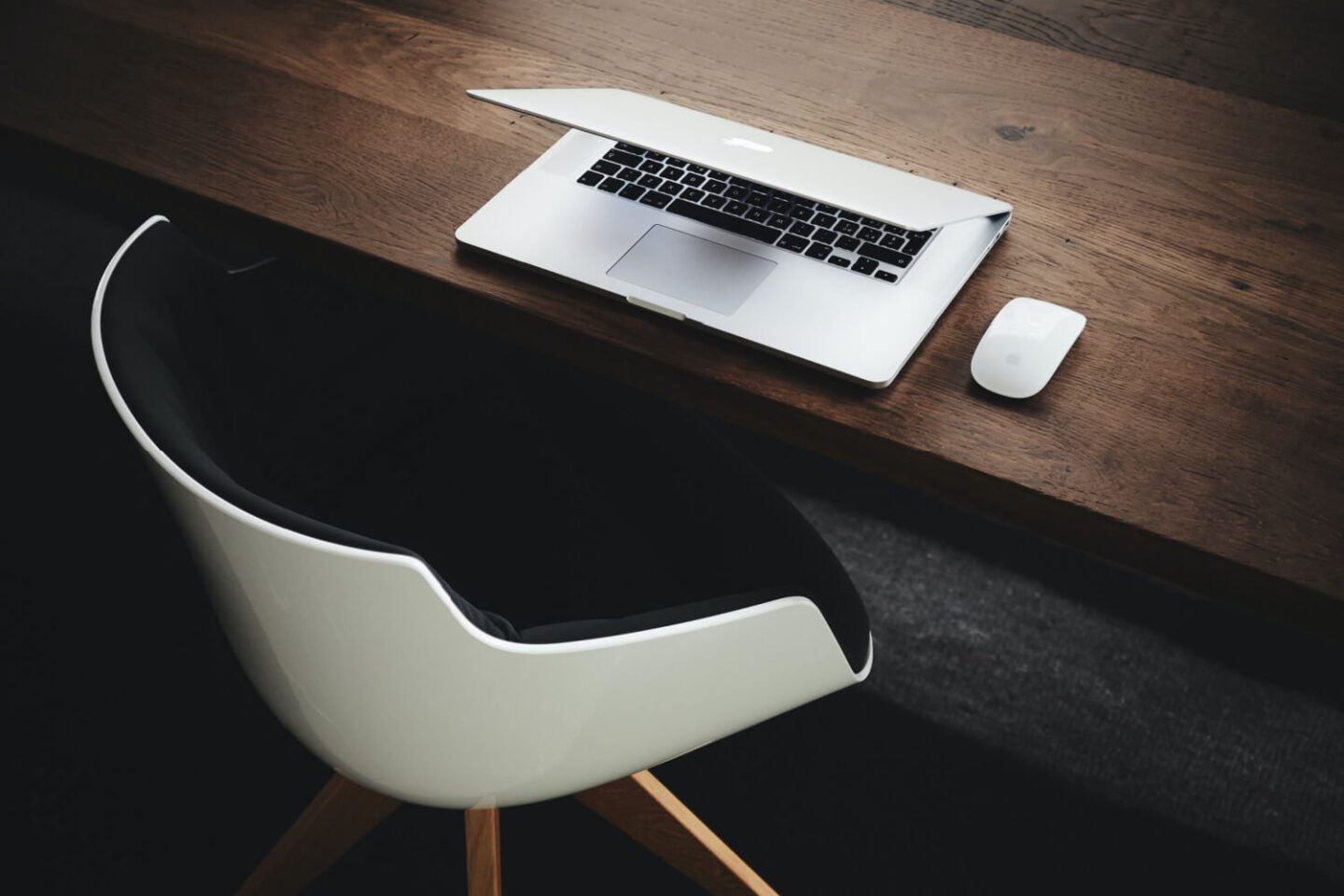Even though using your gadgets regularly is a normal part of living in the digital age, being constantly glued to the screen has its negative effects. Spending long hours staring at a screen can strain your eyes, and if you don’t give them a rest, their retinas can get damaged and end up impairing your vision.

Using your gadgets at night for too long can also impact your sleep. This is because the blue light being emitted from the screen fools your brain into thinking it’s daytime, which disrupts your body from producing melatonin—the sleep hormone.
Nevertheless, today’s gadgets have made several aspects of our lives a whole lot easier. A lot of travellers visiting Singapore, for instance, will tend to get portable Wi-Fi or the best and cheapest mobile plan Singapore has to offer so that they can use their navigation or travel apps without any disruptions, no matter where they are on the island. Due to the convenience that your smartphone, tablet, or laptop provides, it can be challenging to separate yourself from it.
Fortunately, you can incorporate numerous strategies to achieve a healthy balance of technology in your day-to-day activities. Here are some of them.
Constant connectivity can lead to information overload, increased stress, and a blurred line between work and personal life. That’s why establishing specific limits on your technology use can help you reclaim control over your time and reduce the potential negative impacts on your well-being. Setting boundaries serves as a proactive approach to managing your relationship with technology, allowing you to regain control over your time and attention as well as achieve a more balanced and fulfilling daily life.
One simple way to set a technology boundary for yourself is to establish tech-free zones. Designating specific areas in your home where technology isn’t allowed can reduce your exposure to blue light and the influx of digital information. This gives you more time to unwind, relax, and prioritise self-care, allowing you to achieve mental and emotional rejuvenation.
Setting reasonable limits on your screen usage empowers you to take control of your digital habits. It also encourages you to explore more active and varied activities that can be good for your physical and mental well-being. A great way to limit your screen time is to establish daily screen time goals.
For example, if you notice that you’re spending too much time on your smartphone, you can limit your gadget usage to four hours each day. Starting with realistic targets can help you get used to your new routine and reduce your dependence on your gadgets. Eventually, you can gradually lower the time until you no longer feel the need to constantly have your phone in your hand.
Incorporating tech-free rituals into your daily routine can be a transformative way to achieve a mindful and balanced lifestyle. These rituals serve as intentional breaks from the digital realm, allowing you to reconnect with the physical world and recharge your mental and emotional well-being. Here are practical suggestions for integrating tech-free rituals into your daily life:
Refrain from using smartphones, tablets, or other devices during mealtimes. This allows you to savour your food, engage in conversation, or simply enjoy a moment of quiet reflection while at the table.
Incorporate regular outdoor breaks or nature walks into your routine. Disconnect from screens, step outside, and immerse yourself in the natural environment. This simple practice can have profound effects on your mental well-being, providing a refreshing break from the digital world.
Start and end your day with tech-free moments. Instead of immediately reaching for your phone upon waking, consider incorporating a few minutes of mindfulness, stretching, or journaling. Likewise, establish a calming evening routine that doesn’t involve screen time to promote better sleep.
A digital detox involves intentionally disconnecting from all digital devices for a set period, allowing you to reset, recharge, and refocus on the aspects of life that truly matter. It offers a range of benefits, including reduced stress, improved mental clarity, and an opportunity to re-evaluate your relationship with technology. Designate specific days as screen-free, where you refrain from using smartphones, computers, and other digital devices. Use this time to engage in offline activities, connect with nature, or spend quality time with loved ones.
Apart from your regular schedule, you can also incorporate digital detoxing during your breaks. Make a conscious effort to disconnect from work emails and social media during vacations. This way, you’re not only setting clear boundaries with colleagues and clients about your availability, but you’re also allowing yourself to immerse in the travel experience and relaxation fully.
Smartphones, laptops, and tablets have made it easier to access the internet while on the go, so it’s not surprising that you use these gadgets several times a day. However, prolonged usage of these gadgets can lead to screen addiction and negatively affect your general well-being. That’s why it’s crucial to learn how to balance technology in your daily life so that you can still benefit from it without putting your physical and mental health at risk.